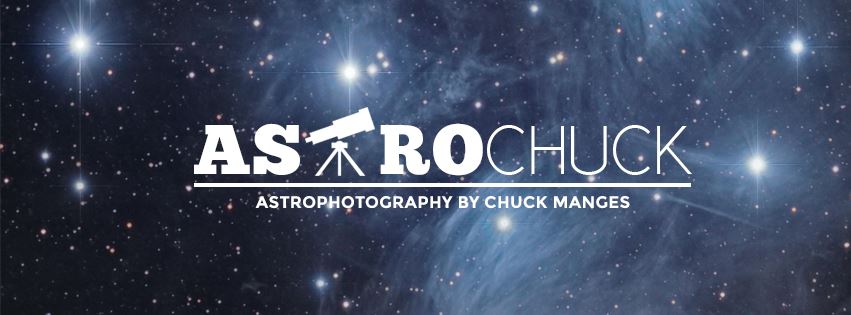Between clouds, I shot 46- 30 second subs of the Iris Nebula. 30 seconds had the same "pixel stats" of those shot with the QHY23M at 2 minutes.
11" Celestron EdgeHD at F/2, QHY163M
11" Celestron EdgeHD at F/2, QHY163M
A few nights later I decided to image the Iris again, this time with the Hyperstar off at F/7, for a tighter Field of View. I also increased the length of the subframes to 2 minutes and took 28 of them, Luminance filtered. I decided to try 2x2 binning of the subframes to increase the resolution. I then added the 28x120 Lum to some older RGB.
11" Celestron EdgeHD at F/7, QHY163M
My next outing I decided to try some Lunar imaging, also at F/7. The first image I took was a full resolution 4656x3522. I averaged about 16FPS,
Right after that I bumped the frame size down to 800x600 and took the following image at approximately 55 FPS
After the moon had set, I moved on to DSO's My first target was M45. I used 19- 120 second Lum exposures.(no binning) I added some older color data.
11" Celestron EdgeHD at F/7, QHY163M
My next target was M78. I shot 16-120 second Lum exposures(no bin) and used some older RGB.
11" Celestron EdgeHD at F/7, QHY163M
The last target for the night was the Horsehead Nebula. I took 30-120 second exposures(no bin) and again added older RGB
11" Celestron EdgeHD at F/7, QHY163M
I've owned several QHY planetary and CCD (DSO) cameras. This is the first camera of mine could do both. It's pixel size is 3.8, which is very close to my former favorite planetary camera, the QHY5L-IIM.
Each DSO image was shot using a Gain of 10 and Offset of 57. Once I feel comfortable with these settings, I'll try increasing both. I kept the camera cooled to -22F (-30C)
I'm really pleased with the sensitivity of this CMOS camera and cutting my exposure times by 75% or more.








